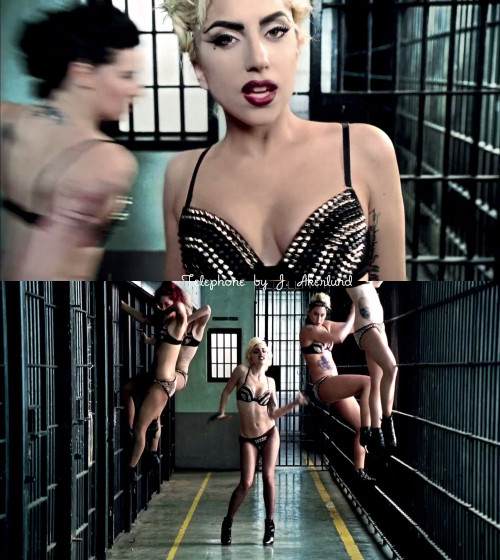Kasi Lemmons’s new musical drama, I Wanna Dance With Somebody, marks the first cinematic journey into the life of the iconic Whitney Houston. With a promising ensemble cast and a production team boasting names like Pat Houston and Clive Davis, expectations were understandably high. Biopics, at their best, offer a unique window into the lives of extraordinary individuals, making their stories feel immediate and deeply personal. Entering the theater, there was a genuine hope to witness a powerful and insightful portrayal of the legendary Whitney Houston and her incredible journey.
Naomi Ackie delivers a commendable performance, capturing Houston’s dynamic stage presence and captivating energy. While some may find Ackie’s resemblance to Houston debatable, her embodiment of the star’s spirit is undeniable. However, despite Ackie’s efforts, the film struggles to transcend a superficial retelling of well-known biographical details. Instead of truly illustrating Whitney’s life as the “voice of her generation” through nuanced acting, deep dives into her inner world, and compelling dialogue, I Wanna Dance With Somebody often feels like a paint-by-numbers approach, merely sketching the outlines of her publicized story. The biopic attempts to touch upon significant, yet often underexplored, aspects of Whitney’s life, but ultimately falls short by failing to excavate beneath the surface.
One of the most anticipated and crucial elements of I Wanna Dance With Somebody was its handling of Houston’s relationship with Robyn Crawford. Their bond, a source of considerable controversy during Whitney’s lifetime, was perceived as a threat to her carefully constructed image as “America’s Black Pop Princess” by her family, management, and a homophobic public. Within the film’s opening act, Whitney and Robyn are swiftly established as close companions. However, the crucial development of their intimate connection remains unseen. Viewers are simply presented with their closeness, lacking insight into the emotional genesis of their bond. They meet, share lighthearted banter, Whitney expresses her aspiration to sing (citing her famous relatives, Cissy Houston and Dionne Warwick, as inspiration, rather than a deeper personal motivation), they become roommates, and the profound nature of their relationship is left largely unexamined and unspoken.
 Naomi Ackie embodying Whitney Houston in I Wanna Dance With Somebody biopic, performing on stage with energy and presence.
Naomi Ackie embodying Whitney Houston in I Wanna Dance With Somebody biopic, performing on stage with energy and presence.
The most frustrating aspect of I Wanna Dance With Somebody’s portrayal of Whitney and Robyn’s relationship is its reluctance to delve deeper beyond these initial scenes. Fleeting moments are interspersed throughout the movie – Robyn watching Whitney’s performances on television, offering creative input from the sidelines, and urging Whitney to leave Bobby Brown – but these are just glimpses. They fail to capture the confirmed emotional and romantic dimensions of their relationship, as Crawford herself has recently articulated. Discussions of sexuality are virtually absent until a jarringly microaggressive comment from Whitney’s father, instructing her to “be seen with young men” for career advancement. While rooted in reality, this single moment barely scratches the surface of the complex interplay between sexuality and religion that Crawford and Houston navigated throughout their lives and relationship.
The narrative shortcomings evident from the film’s outset only intensify as it progresses. The pacing feels rushed and disjointed, abruptly transitioning between brief dialogue exchanges, lavish musical numbers, and superficial explanations of Whitney’s life trajectory. For instance, Whitney Houston’s foray into acting and producing is reduced to a scene where she storms into Clive Davis’s office, declaring her desire to be in movies, without exploring her underlying motivations or the unfolding of this ambition. Instead, we are given passing mentions of her role in Cinderella and a jarring scene change to the set of The Bodyguard. Similarly, the tumultuous relationship between Houston and Bobby Brown is presented in a cursory manner. Viewers are shown a brief encounter where Houston gives Brown her phone number, followed by a later scene where they are inexplicably a couple, leaving a significant void in understanding their entanglement.
The depiction of Whitney’s struggle with drug addiction suffers from a similar lack of depth. The film provides no substantive exploration into the origins of Whitney’s substance abuse. Instead, brief scenes depict Houston smoking marijuana and using cocaine, devoid of meaningful context or explanation. Whitney’s character never articulates her experiences with drug use, and the audience learns about the severity of her addiction secondhand, through other characters. Nearly an hour and forty minutes into the film, Clive Davis vaguely mentions Houston’s “challenges” with drugs, highlighting the film’s reluctance to confront this critical aspect of her life directly and empathetically.
Ultimately, I Wanna Dance With Somebody is a disappointing cinematic endeavor. This biopic presented a valuable opportunity to humanize Whitney Houston in a fresh and compelling medium, to authentically portray both the triumphs and tribulations of “America’s Princess” in an intimate, relatable, and engaging manner. Regrettably, instead of delivering such a film, we are left with a level of dialogue, exposition, and investigation that fails to match the profound complexities of Whitney Houston – as a global icon, a vocal powerhouse, a Black woman navigating a landscape of racism and homophobia, and, fundamentally, as a human being.

